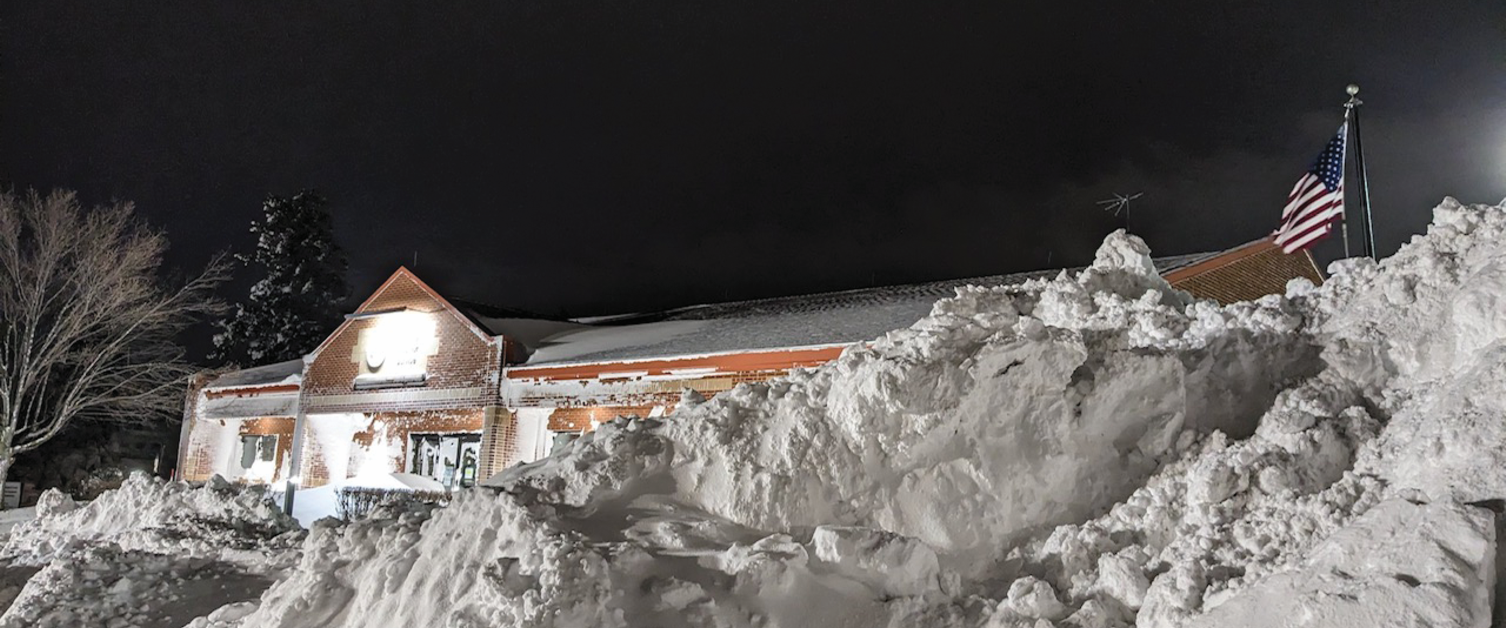"Once in a Generation": The 2022 Buffalo Blizzard A Research Spotlight from 32WAF/28NWP/20Meso
- By AMS Staff
- Mar 4, 2024
Photo Credit: Jon Hitchcock, NWS meteorologist
In December 23, 2022, David Zaff of the National Weather Service’s Buffalo office walked out into a blank white world of howling wind. He headed to his car to get supplies, knowing there was no way to get home. He and his coworkers were trapped at the office, in the middle of one of the most deadly and disastrous blizzards Buffalo has ever seen.
At the height of the 2022 holiday travel season, the four-day blizzard and lake-effect snow event knocked out power for more than 100,000 people, paralyzed emergency services and holiday travel, and left at least 47 dead. New York Governor Kathy Hochul described it as “the most devastating storm in Buffalo’s long, storied history.” Yet days earlier, Zaff and colleagues encountered skepticism from the public as they worked to warn the region.
Presenting at the J3 Joint Session at the 32nd Conference on Weather Analysis and Forecasting, the 20th Conference on Mesoscale Processes, and the 28th Conference on Numerical Weather Prediction, Zaff talked about the disaster and how the NWS countered accusations of hyperbole to get the word out.
For more about Zaff’s experience and other stories about the weather, water, and climate community, visit The Front Page blog.
* For more content from the Bulletin of the American Meteorological Society, please click here.
